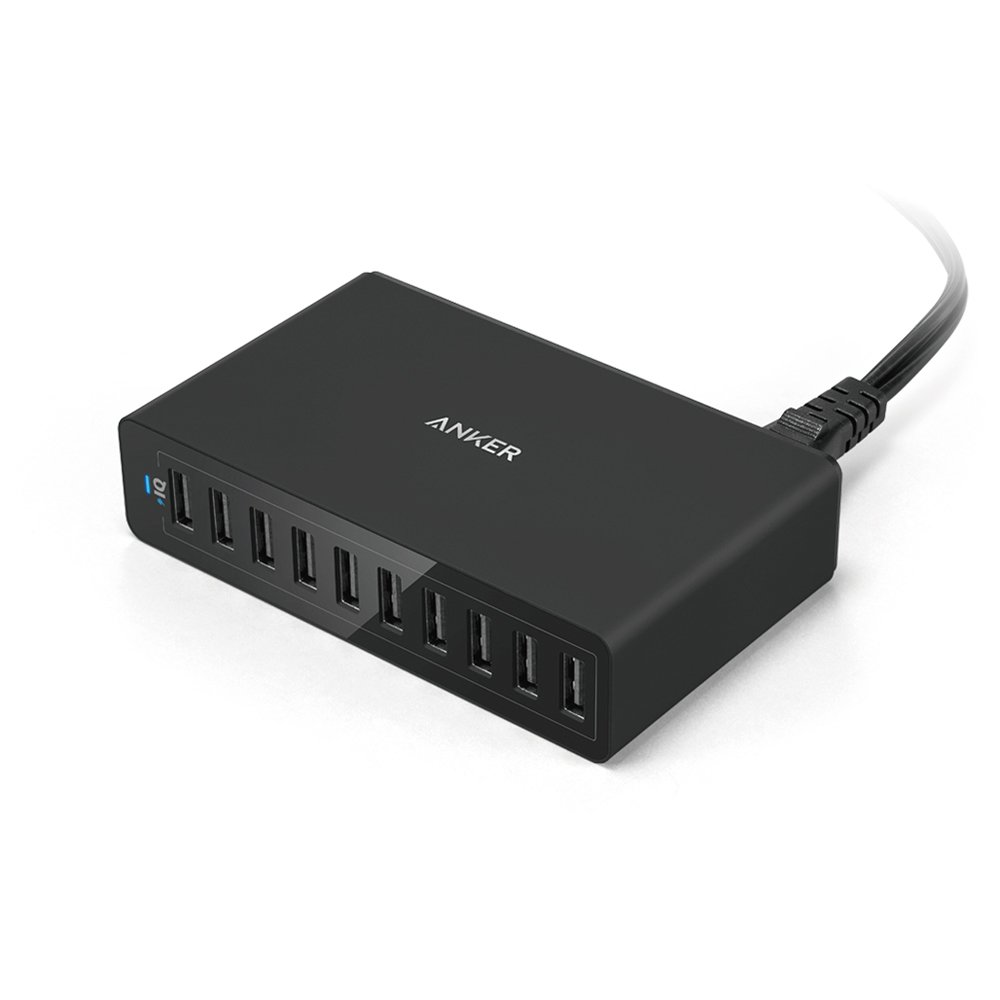; Date: Thu Apr 04 2019
Tags: Make Money Online »»»»
For years companies like Zazzle or Cafe Press have offered us the enticing idea of creating t-shirt designs, uploading the designs to their service, then making a zillion bucks as folks buy our designs. It's not quite that simple, but that's the model, and there are people making a lot of money by selling custom products through print-on-demand services. There are print on demand marketplaces like Zazzle or Cafe Press, and there are print on demand providers who offer the service in a drop shipping model.
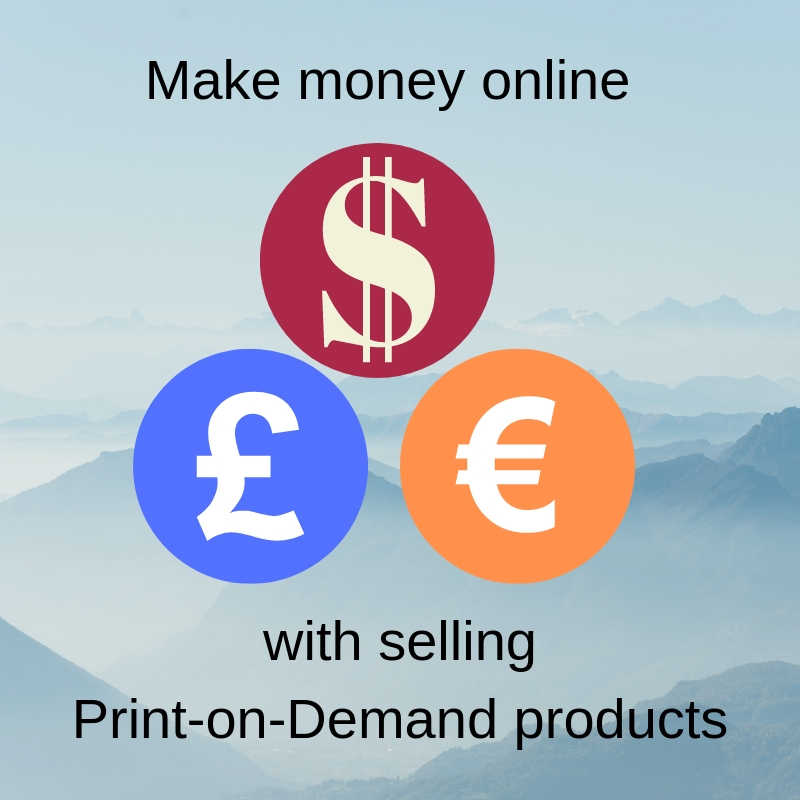
The attraction to custom products is the uniqueness. To be wearing a t-shirt, or a cell phone case, or a backpack, unlike what everyone else is wearing. Mass marketed products are all around us, and create a sameness if all of us are wearing the same things. It's nice for some of us to go out of the way to be wearing or using unique products.
The print-on-demand model is that for certain products, the underlying product is standardized -- a t-shirt, or pants, or whatever - but a custom design is printed on the product. For example consider this product design:
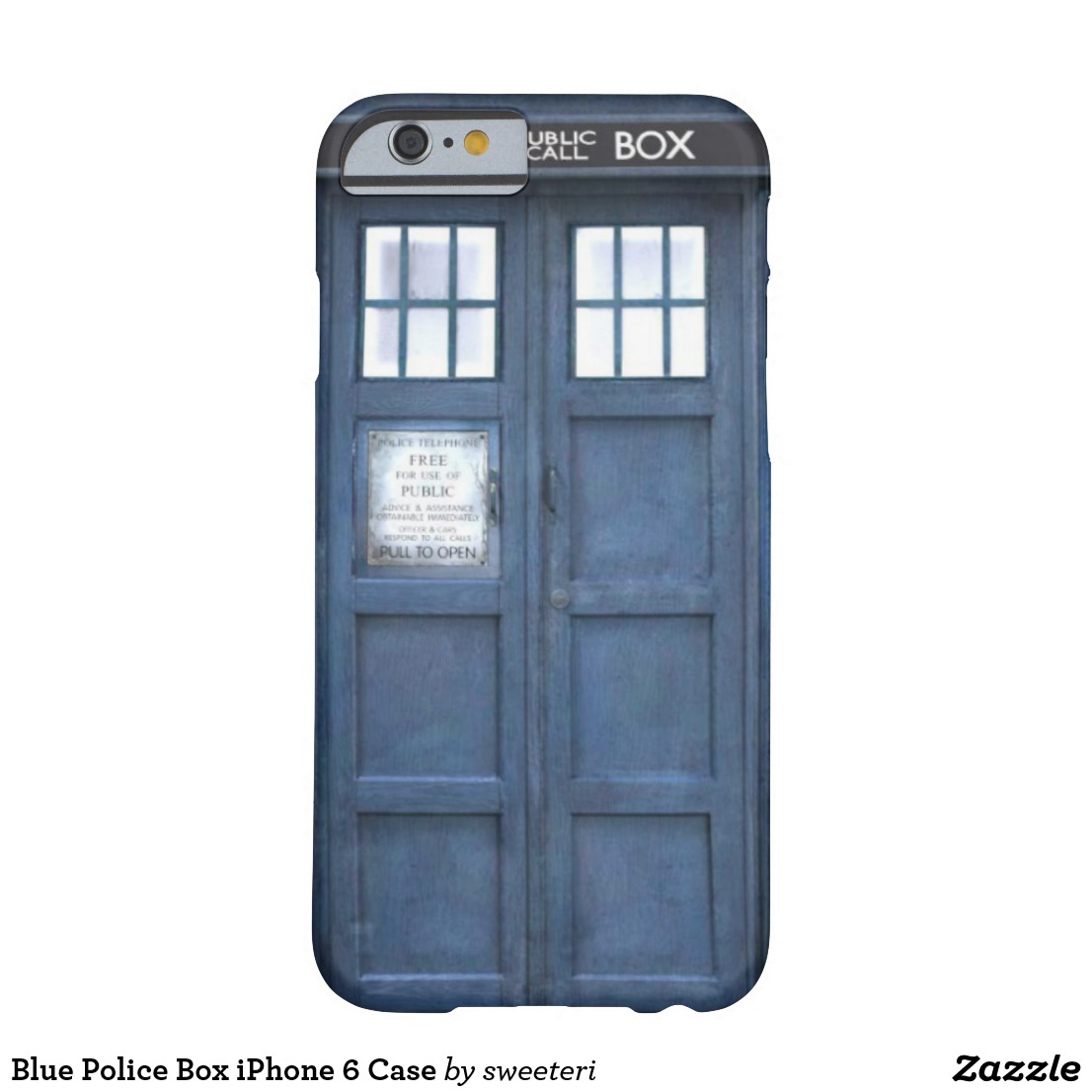
This is a simple thing, designed using what had been an iconic part of British life in the early-to-mid 1900's, and then was popularized by a certain BBC television series, Doctor Who. Plenty of us associate this image with the adventures of The Doctor, and some will want to spend the dollars required to get this custom iPhone case. This person did a rather good job with the image without infringing on the BBC copyrights.
At the seller end -- that's who you are, someone who's looking for success selling custom products through print on demand services -- we are in the role of providing the custom products others will want.
We went over this idea earlier: Make money uploading images for T-shirt designs to Teespring, Zazzle, etc
In this article I want to go over some courses that teach how to make money through either print-on-demand marketplaces, or through print-on-demand service providers.
Print on Demand Marketplaces Again, this is sites like Zazzle or Cafe Press. In such sites the marketplace lets folks upload their own design, and the product will be listed on the print-on-demand marketplace. In some cases the marketplace lets folks set up their own "shop" facade within the site, and in other cases your product is simply among a crowd of other products. A few of these marketplaces are listed here: Make money uploading images for T-shirt designs to Teespring, Zazzle, etc
Print on Demand Providers Some companies instead seek to be the back-end service provider, rather than to be in the business of finding customers. These companies operate the printing machines and order fulfillment infrastructure. Other people, like you, set up the websites that bring in customers. The model is similar to drop-shipping, in that a person will setup an e-commerce site with a bunch of designs, take orders from customers, then hand off the customer/order details to the service provider, and the service provider takes care of producing the product and shipping to the customer. In theory the customer won't know there was a service provider.
Affiliate sales through Print on Demand Marketplaces There is also a third model, which is what I did earlier. I did not design that Blue Police Box iPhone case presented earlier. But if someone buys that product after clicking on the link I've given then I will get a commission. That's because Zazzle offers an affiliate program, and I've used my affiliate referral link in that product.
When should someone graduate from Print on Demand Marketplaces to Service Providers?
There is a simplicity to selling through a print on demand marketplace. You simply upload images, and the marketplace takes care of the rest. But, your customers are paying a fairly high price, and the marketplace is keeping the majority of the profit.
Therefore it is enticing to instead operate your own store-front, and keep more of the profit.
Because many of the print on demand service providers offer integration with e-commerce services like Shopify, it can be easy to integrate your store with the service.
How do you choose between the two models? Consider these questions?
- Are you willing to take a more active role in customer service?
- Are you willing to take a more active role in the business processes required to serve customers in multiple countries?
- Have you proven your design skills are good enough to cause customers to buy your products?
- Have you proven an ability to draw traffic to the web page of your choice?
Training for successfully selling Print on Demand products

 Build a Shopify Print on Demand Business from Scratch
Build a Shopify Print on Demand Business from Scratch
This complete course shows how to build a high quality Shopify website, select a targeted marketing niche, the SEO and other promotional skills, and also walk one through several print on demand provider services. Many of these services will integrate with a Shopify store, allowing one to have a simple-to-run business where orders automatically flow through to the service provider. The presenter is very experienced with this model, and offers several courses via Udemy on using Shopify.
 Create and Sell Shirts With No Design Skills Using Canva
Create and Sell Shirts With No Design Skills Using Canva
For some of us graphic design skills are lacking, especially when it comes to using graphics design tools. Canva is a simple-to-use graphics design tool running on a website, and this course shows how to use Canva to create designs to sell through print-on-demand services.
 Earn Passive Income From Print On Demand Sites
Earn Passive Income From Print On Demand Sites
Selling products through a print-on-demand marketplace is one of the best examples of "passive income". You put the time in creating designs, then the marketplace takes care of everything else, and you rake in the dough. Anyone who has dabbled in this knows it is not that easy, and having an expert to guide us should give us a leg up. This course focuses on graphics design ideas.



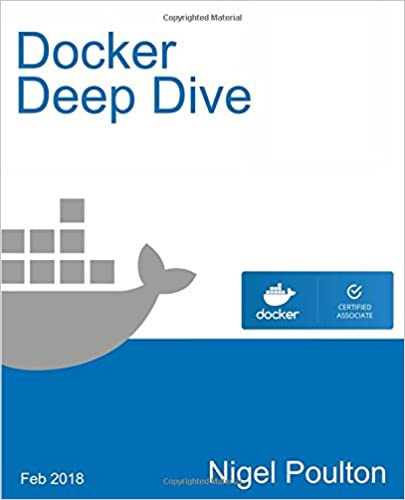
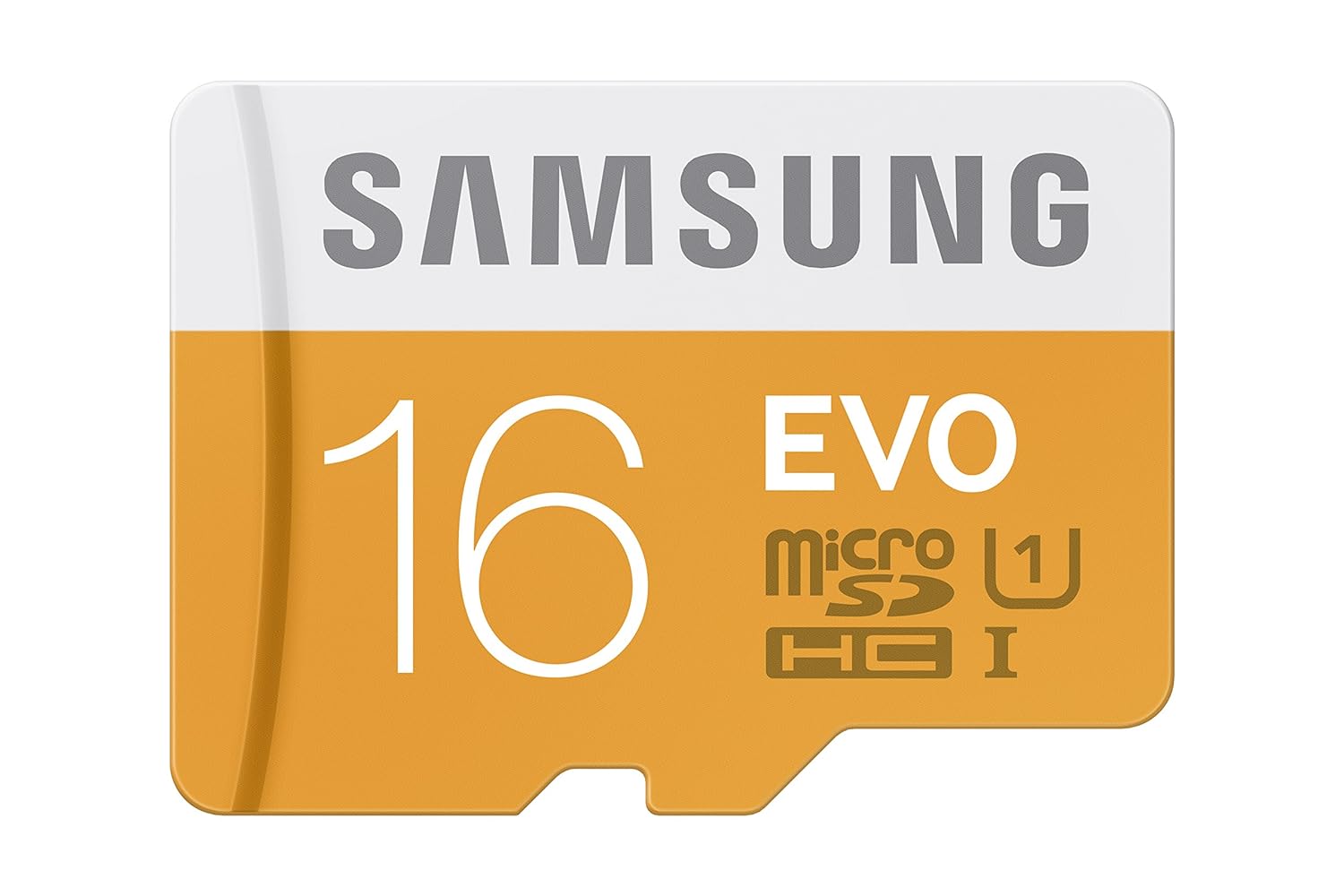
![Anker [4-Pack] PowerLine Micro USB (1ft) - Charging Cable for Samsung, Nexus, LG, Android Smartphones and More (Black) Anker [4-Pack] PowerLine Micro USB (1ft) - Charging Cable for Samsung, Nexus, LG, Android Smartphones and More (Black)](../../___dlassets/images-na_ssl-images-amazon_com/5jPEfq2nmYs2Ey5GzjrYV5YbSadN1R7wbZsV7bYzrje8YUFD.jpeg)
